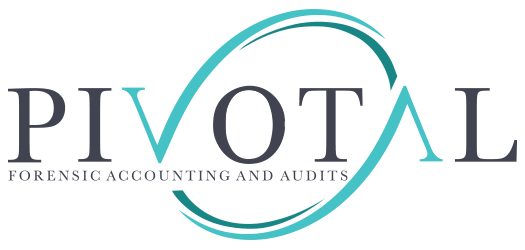Accounting,Business,Corporations,Government,Payroll Accounting,Rulings,Small Business,Washington State
Washington State Moves Toward Rulemaking on Paid Family and Medical Leave
On May 29, 2025, the Employment Security Department’s (ESD) Leave and Care Division filed a CR-101 Preproposal Statement of Inquiry, signaling its intent to develop new rules under Washington’s Paid Family and Medical Leave (PFML) program. This rulemaking effort is intended to implement statutory changes resulting from the 2025 legislative session, specifically Engrossed Second Substitute House Bill (E2SHB) 1213 and Substitute Senate Bill (SSB) 5191.
As financial professionals advising Washington employers and business owners, it is critical we understand both the scope of the proposed changes and their potential implications for compliance, payroll operations, and long-term workforce planning.
What Is the CR-101?
The CR-101 is the first formal step in the rulemaking process under Washington’s Administrative Procedure Act. It signals that the ESD is initiating public engagement and internal drafting of rules, but no specific text has yet been proposed. This early notification gives accountants, employers, and stakeholders the opportunity to engage with policymakers and influence the development of rules that could affect their operational and financial responsibilities.
Key Areas of Rulemaking
The ESD has stated the new rules will address several critical areas:
-
Benefit Eligibility Requirements: Changes to clarify or redefine who qualifies for PFML benefits, which could alter how accountants evaluate employee eligibility and advise clients on leave planning.
-
Employer Sizing: Refinement of employer thresholds (e.g., 50-employee rule) that determine whether certain PFML responsibilities apply, including job protection and premium remittance obligations.
-
Small Business Grants: Expansion or clarification of grants designed to offset the costs incurred by small employers when employees take leave. This may require new tracking and application procedures.
-
Definitions: Standardization or amendment of key definitions under Title 50A RCW, which may change how payroll software classifies wages, employees, or covered events.
-
Employment Restoration Rights: Clarifications on when an employee is entitled to be restored to their previous position after taking leave, a topic that can have major compliance and HR documentation consequences.
Additionally, ESD may propose further rule changes to support other sections of Title 50A RCW.
Implications for Accountants and Employers
-
Payroll Adjustments: Changes in eligibility rules and employer sizing could directly impact PFML premium assessments, requiring updates to payroll systems and calculations.
-
Cash Flow and Budgeting: For small businesses, the availability of grants might offset costs of temporary coverage, but navigating the application and qualification processes could require hands-on guidance from accounting professionals.
-
Compliance Advisory: CPAs and payroll providers must prepare to advise clients on maintaining adequate records, updating leave policies, and staying ahead of audit risks as definitions and requirements shift.
-
HR Coordination: Rules affecting employment restoration rights have tax and liability ramifications if employers misclassify workers or mishandle terminations after leave. Accountants should encourage proactive collaboration between finance and HR departments.
Next Steps for Businesses
Although no new rules have yet taken effect, this CR-101 filing is a clear signal to begin preparation. Employers and their accounting partners should:
-
Monitor Updates: Subscribe to the ESD’s rulemaking notices and participate in public hearings or comment periods to provide industry input.
-
Review Internal Policies: Conduct internal audits of current PFML compliance practices to identify areas vulnerable to future rule changes.
-
Educate Clients and Teams: Begin educating business clients and HR teams on potential changes, especially in benefit eligibility and employer size thresholds.
-
Budget for Implementation: Encourage clients to build flexibility into Q3 and Q4 budgets to account for implementation costs, software updates, or additional administrative overhead.
Conclusion
The Washington Employment Security Department’s decision to open PFML rulemaking under the CR-101 process signals a substantial evolution of the state’s paid leave framework. Businesses need to adapt strategically to Washington’s ever-changing labor laws, and keep well informed of current policies and future changes to those policies and how they affect their HR strategies and compliance.
For more information or to discuss PFML compliance strategies, please contact our firm for more information and assistance.


